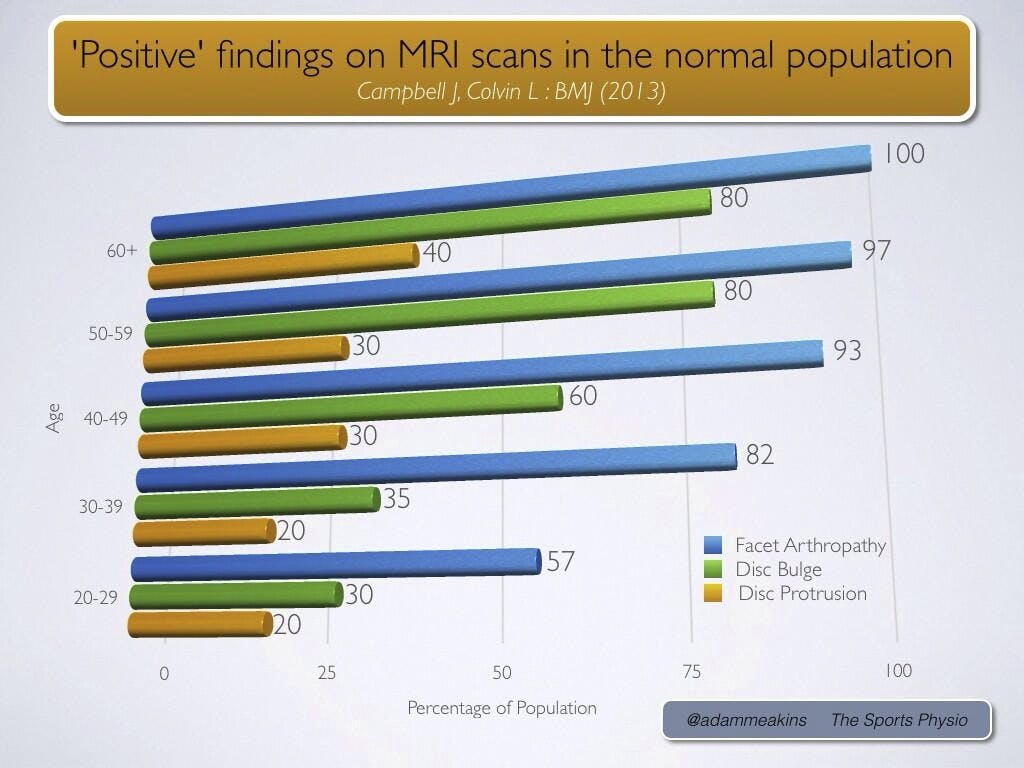For years the term “cross-training” has been tossed around in athletic and sports communities, in regards to off-season or winter fitness planning. “Cross-training” is touted as a way to decrease injury risk, build an aerobic base, improve strength and flexibility and to stave off boredom. That all sounds fantastic…but what do I actually DO when I “cross-train”?
According to Wikipedia, “Cross-training refers to an athlete training in sports other than the one that athlete competes in with a goal of improving overall performance. It takes advantage of the particular effectiveness of each training method, while at the same time attempting to negate the shortcomings of that method by combining it with other methods that address its weaknesses.”
OK, so that is also nice to know, but other than doing something besides my main sport, I’m still at a loss as to what I’m going to be doing while I’m “cross-training.”
Runners World magazine’s web site recommends a wide variety of activities. Cycling, swimming, strength training/fitness classes, Yoga, Pilates, etc.
Runners World is a magazine for runners, and none of those activities involve running, so that must mean I can do ANYTHING other than my main sport. Yes, and NO.
It is true, doing an activity other than your primary sport can be beneficial, and for many people it is enough to keep winter gym boredom at bay and even possibly improve your overall fitness.
However, I propose going a step further. Take this time to concentrate on areas of weakness or neglect that result after a full season of focused training on a particular sport. As Malcolm Gladwell and David Epstein have both described in their books Outliers, and The Sports Gene respectively, it is “purposeful practice” that takes athletes to the next level, not just simply trudging on with uninspired routines.
I have created a few guidelines to help with planning your own cross-training program. At first look they are very general, but only in title. In application they can be far more specific.
Change Direction
Many of us, myself included, participate in sports that involve one particular movement repeated over and over. Runners, cyclists and hikers do just that. They run, cycle, or hike. This leads to glaring muscular imbalances that not only can limit performance or enjoyability of your activity, but can even lead to over-use injuries in the long term. Each of these sports are uni-directional, meaning that you constantly are moving in one direction, forward (for the most part). Cross-training for these individuals should involve activities involving lateral movements.
Strengthening the hip muscles and core with side to side activities (hopping, grapevine runs, playing sports involving cutting, etc.) can go a long way in preventing over-use injuries. There are numerous research studies in both Physical Therapy and Exercise Science fields supporting the benefits of strengthening these areas. Not only will this help prevent injury, but a 2006 sports physiology study found that “horizontal whole body movement” is directly linked to improved speed and acceleration.
Changing direction is not only for unidirectional athletes. For athletes in overhead sports strengthening the hips and core in this manner is also essential. Biomechanical studies of tennis players found that 63-74% of the total power generated came from this region. Not from the shoulder girdle or elbow. In fact, when treating elbow or shoulder injuries in athletes in the clinic it is standard care to address hip and core weaknesses/imbalances as well. In doing so on your own during the off-season you can possibly prevent these injuries from ever occurring.
Strength, Strength, Strength
This is the best time to build a foundation of strength. Unless your sport involves a barbell, weight training can be intimidating at first, but do your best to stay off of the machines if you can help it. Research says that squats and lunges can improve balance, overall strength, and vertical jump nearly 3x greater than the knee extension or hamstring curl machines. In fact, these machines have zero effect on both squat strength and balance. There are concepts of intermuscular coordination and neuromuscular education at work when you have to lift free weights against gravity in unsupported positions. Though they are beyond the scope of this article, essentially you are educating your muscles to contract more efficiently to complete a given task. More efficiency translates into improved speed, endurance, and injury prevention come Spring.
Prevent Further Over-use
Winter can be a painful divorce from our favorite activity/sport. Just ask any runner. Runners are notorious for their dedicated addiction to their sport, often to a fault. But don’t let the love you have for your sport be the ultimate reason why injuries set you back come competition time. This is especially true for endurance junkies. It would be foolish for me to recommend avoiding running to a runner, or skipping spin class to a cyclist. However, a strong aerobic base can still be built without having to log long miles the same old way. This is where Runners World Magazine’s recommendation comes into play. Changing activity can provide a great mental break. plus, if you can keep your high heart rate up (approximately 70%x (220-your age), it can be a valuable way to build endurance. Personally, I am a big proponent of swimming in the off-season, despite the fact that I am quite terrible at it (according to my wife, the former collegiate swimmer). It is incredibly cardiovascularly taxing and zero impact on my joints, plus afterwards the hot tub is always welcome before hitting the cold winter air back to the car.
So don’t waste your time this winter wallowing in worthless workout misery. Take initiative and turn your sweat into time well spent. Finish this winter, and start next season, more explosive, balanced, and bomb proof.
Article also found at https://stockhausenpt.wordpress.com/
By Steve Stockhausen PT, DPT


